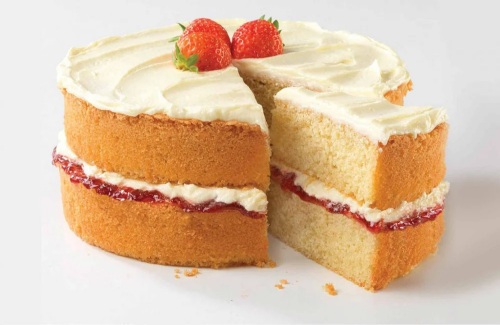Emulsifier and Stabilizer Solutions for Cloudy Plant-Based Yogurt Drinks
17 Sep 2025
Plant-based yogurt drinks often face cloudiness and sedimentation due to proteins, fibers, and oils in soy, oats, almonds, coconut, or peas. Strategic use of emulsifiers and stabilizers, such as GMS 90%, PGMS, xanthan gum, and pectin, ensures creamy texture, uniform fat distribution, and long-lasting stability. This guide covers recommended ingredient combinations, dosage, and processing considerations for creating visually appealing, shelf-stable plant-based yogurt drinks.





.jpg)
.jpg)




